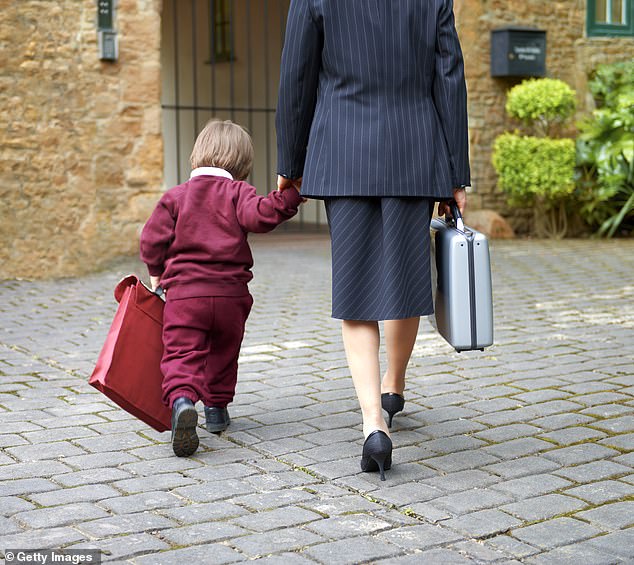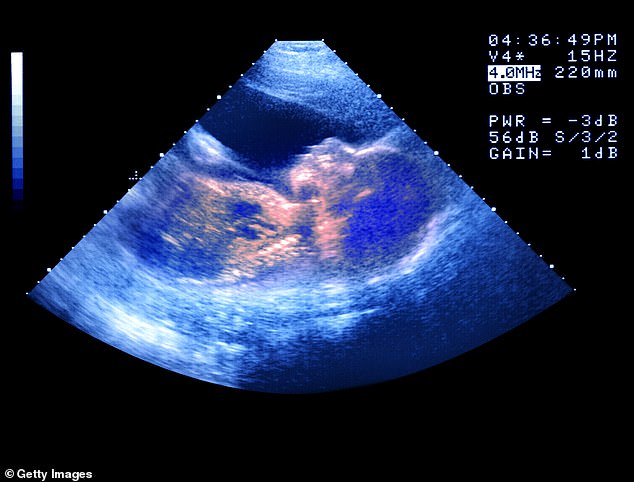The number of single women and same-sex couples undergoing fertility treatment has tripled in a decade, new figures show.
Between 2012 and 2022, single women using IVF or donor insemination increased from 1,400 to 4,800.
And same-sex female couples embarking on fertility treatment rose from 1,300 to 3,300 over the same period, according to the Human Fertilisation and Embryology Authority (HFEA).
It means single women now account for 6 per cent of all IVF treatments – more than one in 20 – up from 2 per cent a decade earlier. Experts say the rise in number and falling average age of 36 is likely because it is more socially acceptable than ten years ago.
The report highlights how egg freezing is one of the ‘fastest growing’ treatments. Typically undertaken by those wanting to keep their fertility options open for later in life, single women accounted for 90 per cent of those taking part since 2018.
Just one in 10 egg freezing treatments were among heterosexual couples, but this group was more likely to thaw eggs for treatment compared with single women.



In 2022, one in six IVF cycles among female couples was the so-called ‘reciprocal IVF’, where one woman carries an embryo created from their partner’s egg.
The report also includes surrogacy for the first time, which was used in 0.4 per cent of all IVF treatments in 2022. Heterosexual couples accounted for 39 per cent of these, while ‘other family types’ – such as all-male couples – made up the other 61 per cent.
Overall, nearly nine in 10 (89 per cent) IVF treatments in 2022 were among opposite-sex couples, the HFEA said.
The authors highlighted how single women and same-sex couples had the highest birth rates after undergoing treatment, with the rate per embryo transferred at 40 per cent compared to 35 per cent for heterosexual couples.
The differing rates are likely to be due to reasons for having IVF, as opposite-sex couples are most likely to be using the treatment due to infertility issues.
NHS funding for IVF in 2022 was least common for single patients and female same-sex couples – at 18 and 16 per cent respectively – compared with 52 per cent for heterosexual couples aged 18-39.
Julia Chain, chairman of the HFEA, said: ‘In the UK, different family groups can access a wide range of reproductive options when starting their fertility
journey. While the number of female same-sex couples and
single patients having fertility treatment continues to rise, we continue to see lower rates of NHS-funded treatment.’
She added: ‘While the HFEA does not regulate funding, we encourage those who commission fertility services to review their eligibility criteria and consider whether these have an adverse impact on access to treatment, and we hope that this report will generate further discussion.
‘We also encourage healthcare providers to make sure the information they provide represents the diversity of families and patients accessing treatment, so that everyone can receive an inclusive experience.’
Rise of single mothers having IVF babies: Rates treble in a decade as almost 100 women a week attempt to get pregnant without a partner

